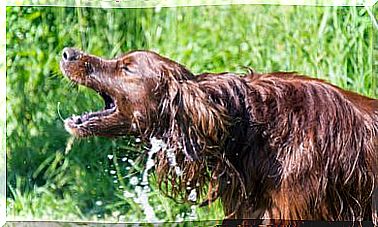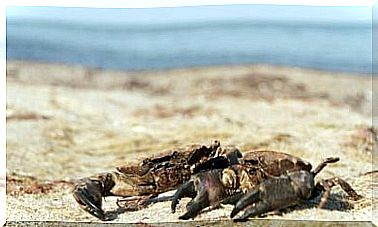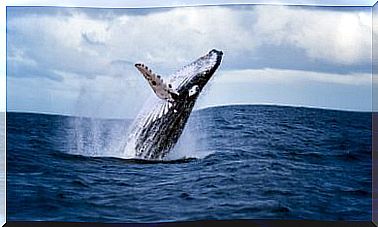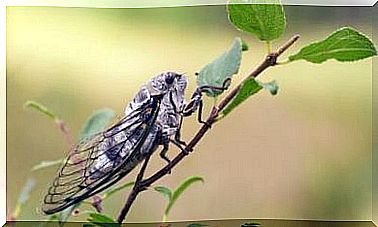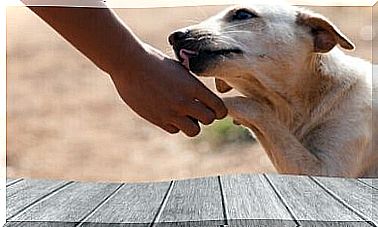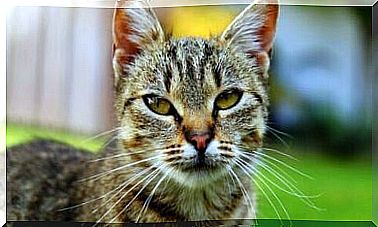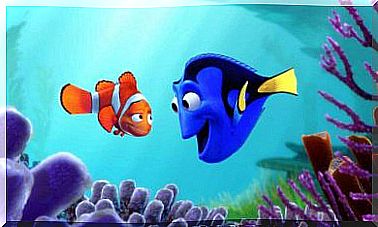Seabirds, Threatened By Climate Change And Plastics
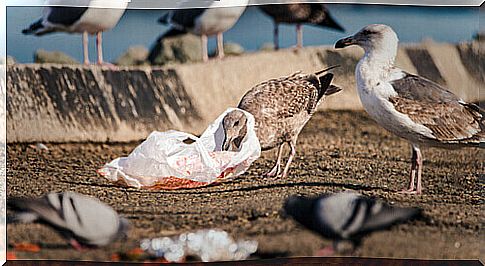
Climate change threatens all life on the planet, including that of human beings. Unfortunately, the effects they have on animals such as seabirds are even more apparent.
Climate change and seabirds
Recent studies reveal that many seabirds are failing to adapt their reproductive cycle to the changes that are taking place in the climate.
These changes also influence other species that are being able to adapt, such as the prey of these birds.
What happens mainly is that the period when the eggs hatch used to coincide with the time of prey in abundance.
But the new climate scenario has not changed the habits of these birds, who now raise their young with food shortages.
Seabirds are the most threatened birds on the planet, and their low fertility and high longevity make them even more likely to be affected by these environmental changes. This resulted in many birds in danger of extinction.
Plastics and seabirds
But this is not the only problem faced by these birds, as seabirds are also one of the groups of animals most threatened by marine pollution from plastics and other human waste.

These birds have the misfortune to confuse plastics and other artificial elements with food, which causes dozens of them to appear dead, with their belly and the rest of their digestive system filled with plastic.
The data revealed by the scientific community are worrying: it is estimated that by 2050, 99% of seabirds will have plastic lodged in their digestive system.
The data contrasts with what was verified in 1960, when plastic appeared in “only” 5% of necropsies performed.
This ingestion is not innocuous, as in addition to possible toxicity, these birds suffer from intestinal obstructions, which lead to weight loss and death.
In some seabirds, up to 200 pieces of plastic were identified per specimen, which put the international scientific community on alert.
Plastics in the oceans are estimated to kill 1.5 million animals a year.
Albatross, one of the most affected seabirds
Among all seabird species facing the tides of plastics and climate change, the albatross is one of the most affected species.
This family of monogamous birds are large seabirds, with long biological cycles and great migrations, which make them unadaptable species.
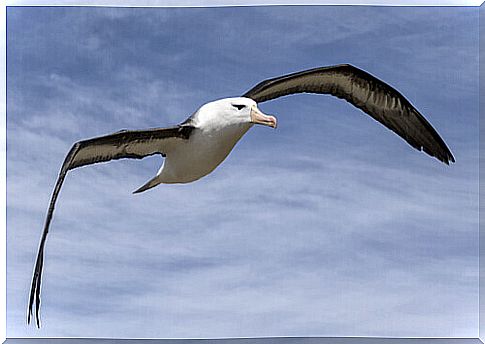
In addition, their diet is based on krill , fish and squid, all of which are affected by plastic pollution, so albatrosses can’t just confuse plastic with food: their own food contains plastic.
These species of seabirds give us an idea of how human activities affect distant ecosystems:
Albatrosses are colonial birds and nest in remote and isolated areas, far from human activity.
Even so, the plastic ended up in their stomachs, in places where there was hardly any pollution.
This means that more and more environmentalists, scientists and animal advocates are thinking about the future of plastic. Many are certain that recycling is not the solution.
We should opt for cardboard, glass or fabric packaging, and give up plastic packaging. A grocery bag can easily end up in the stomach of a loggerhead turtle.

